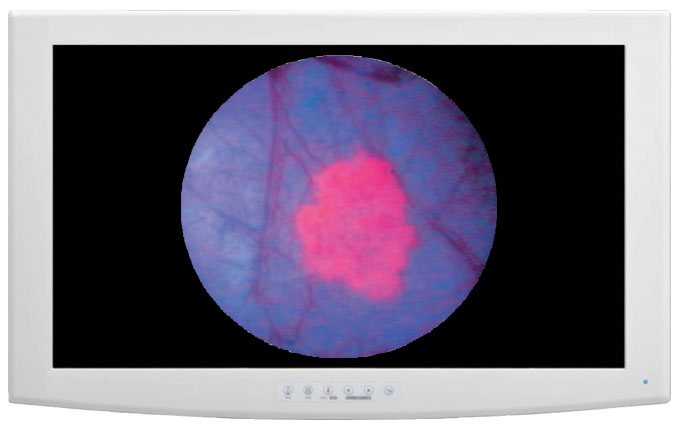Innovations in biotechnology are evolving at the speed of light.
In fact, astonishing advancements in biotech have transformed the way we practice medicine. Leading-edge biotech products and breakthroughs are literally saving thousands of lives every day.
Needless to say, biotech stocks can be strong medicine for investors, too.
For instance, the NASDAQ Biotechnology Index rose 457% from the end of August 1998 to the end of February 2000. Going back even further to the early 1990s, biotech stocks have soared by 1,347%.
Think about it. . .for biotech investors every $10,000 ($10K) invested turned into nearly $140k.
The good news for investors is that after slumping during the recession, biotech stocks are making a comeback. In the first quarter of 2012 alone, the NASDAQ Biotech Index gained 18.2%
And conditions are setting up for even better gains in the future.
Here's why. . .
M&A Drives Biotech Stocks Higher
While many biotech companies are riding high on new drugs, the recent surge in biotech stocks largely reflects a slew of mergers and acquisitions (M&A).
More importantly, more deals are likely on the horizon.
In fact, 91% of industry executives believe pharma-biotech mergers will increase in the next 10 years, according to imap.com.
You see, big pharmaceutical companies are losing their patents on lucrative blockbuster drugs and are about to lose billions of dollars in sales.
For instance, Pfizer Inc.'s (PFE:NYSE) cholesterol-lowering drug Lipitor earned the company a smooth $5 billion or so last year. And Bristol-Myers Squibb Co. (BME:NYSE) and Sanofi-Aventis SA (SNY:NYSE) pocketed more than $6 billion in U.S. sales from the blood thinner Plavix.
However, both those patents have expired, opening the door for generic versions that could cost up to 80% less.
Fortunately for big pharma, they're flush with cash, and the biotech sector is full of smaller biotech development companies with promising pipelines.
So instead of spending billions on years of research and testing to develop their own drugs, it only makes sense for big companies to swallow biotech companies with new products in advanced stages.
"The upside here is that large pharmaceuticals will continue to acquire these companies. . .They have tons of cash. . .which makes almost every publicly-traded biotech a target for someone," Josh Brown, a New York City-based investment advisor recently wrote.
The trend accelerated earlier this month when GlaxoSmithKline plc (GSK:NYSE) launched a hostile takeover for Human Genome Sciences (HGSI:NASDAQ), after HGSI rebuffed a $2.6 billion offer.
But large war chests also mean there's lots of competition to buy the best small companies with the most promising pipelines.
Reduce Guesswork with Biotech Stock ETFs
The current supply/demand squeeze sets up a perfect scenario for investors because it's likely to drive the price of acquisitions sky-high, according to Money Morning Executive Editor Bill Patalon, who spent years covering the biotech industry.
However, investing in biotech stocks requires not only an understanding of the company's finances, but also knowledge of the company's potential based on its products and technologies.
You can reduce some of the guesswork by using exchange-traded funds (ETFs), which give you exposure without betting the farm on a single company.
ETFs trade on major exchanges and expenses are generally lower than those of actively traded mutual funds.
Here are three biotech ETFs to consider:
- iShares NASDAQ Biotechnology Index ETF (IBB:NASDAQ): The "granddaddy" of biotech ETFs was established in 2001 and carries a market cap of nearly $1.8 billion, making it the largest in the category. IBB tracks the NASDAQ Biotechnology Index and focuses on big players like Amgen Inc.(AMGN:NASDAQ) and Celgene Corp. (CELG:NASDAQ). Its expense ratio is 0.48%. One-year return is 28.4% and its year-to-date (YTD) return is nearly 17%.
- SPDR S&P Biotech ETF (XBI: NYSEArca): XBI holds 30 large and small biotech companies in equal weightings. That means smaller components have equal say in its overall performance. Accordingly, the fund got a nice boost after HGSI's stock jumped on the takeover bid. With a market cap of $518 million, its expense ratio is 0.35%. One-year return is over 26% and its YTD return is 18%.
- PowerShares Dynamic Biotechnology & Genome Portfolio ETF: (PBE:NYSEArca). This fund holds the usual large caps like Amgen and Biogen Idec Inc. (BIIB:NASDAQ), but it also holds promising small companies including BioMarin Pharmaceutical Inc. (BMRN:NASDAQ), and Seattle Genetics Inc. (SGEN:NASDAQ), which have drugs in late-stage testing. Admittedly, it's higher risk, but these companies could be appetizing targets for big pharma. With a market cap of $140 million, its expense ratio is 0.63%. It has a one-year return of over 8% and a year-to-date return of 12%.
Don Miller
Money Morning



























































